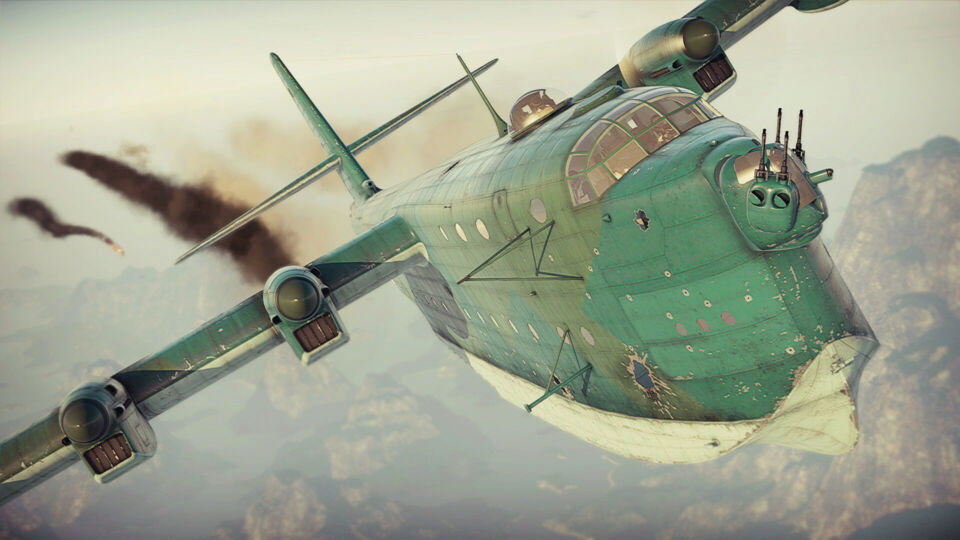#bomber
Subscribe
Unsubscribe
The BV 238: The Mother of all Boats
The BV 238 is known for a number of things. It is the largest plane in WT for one, is a human fireworks display, and is very fun to use. Even though it is a meme, it is slow, turns and handles like a stuck pig, and is the XP-50's favorite lunchtime snack. So how is it played?
No more content
